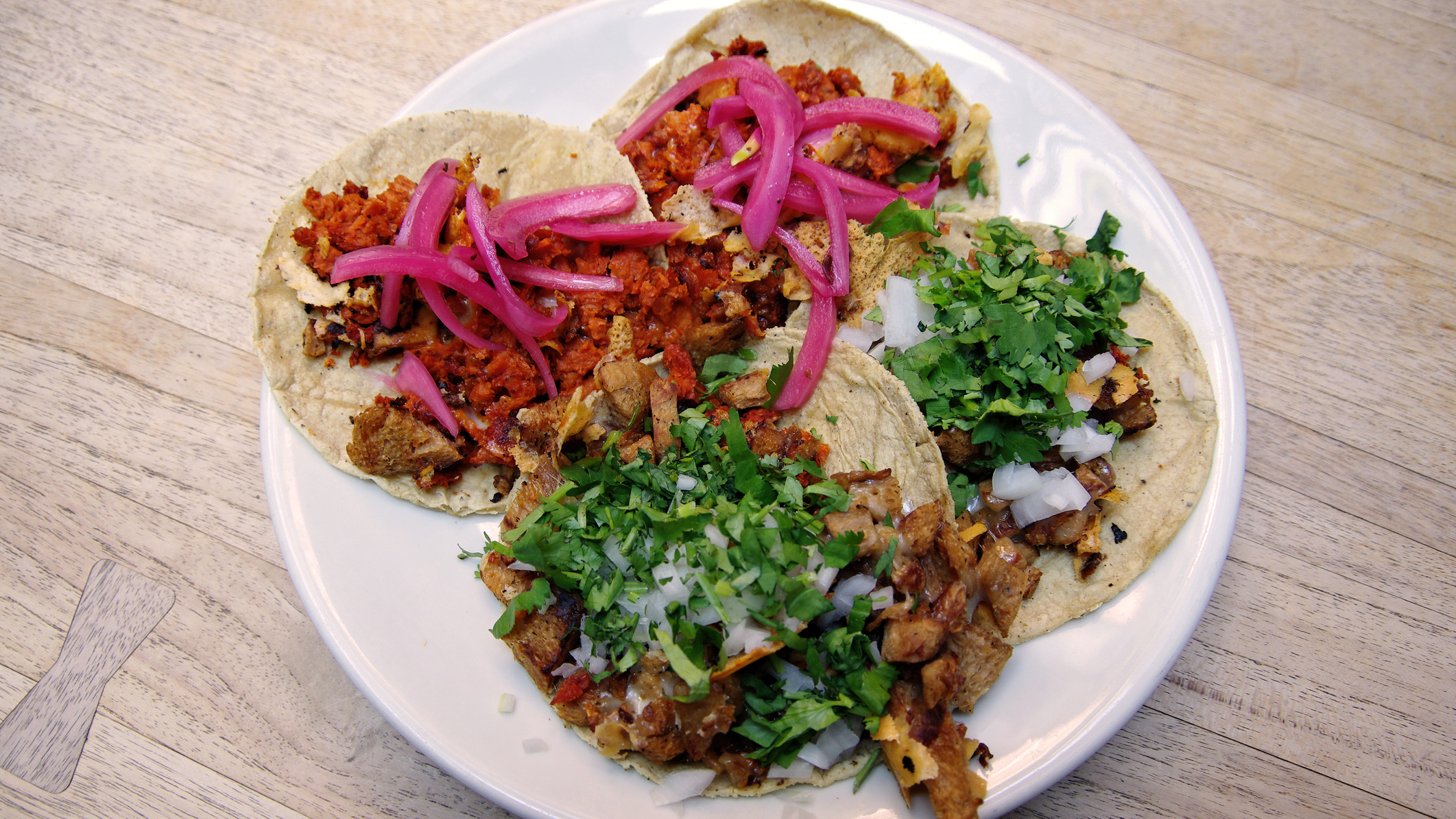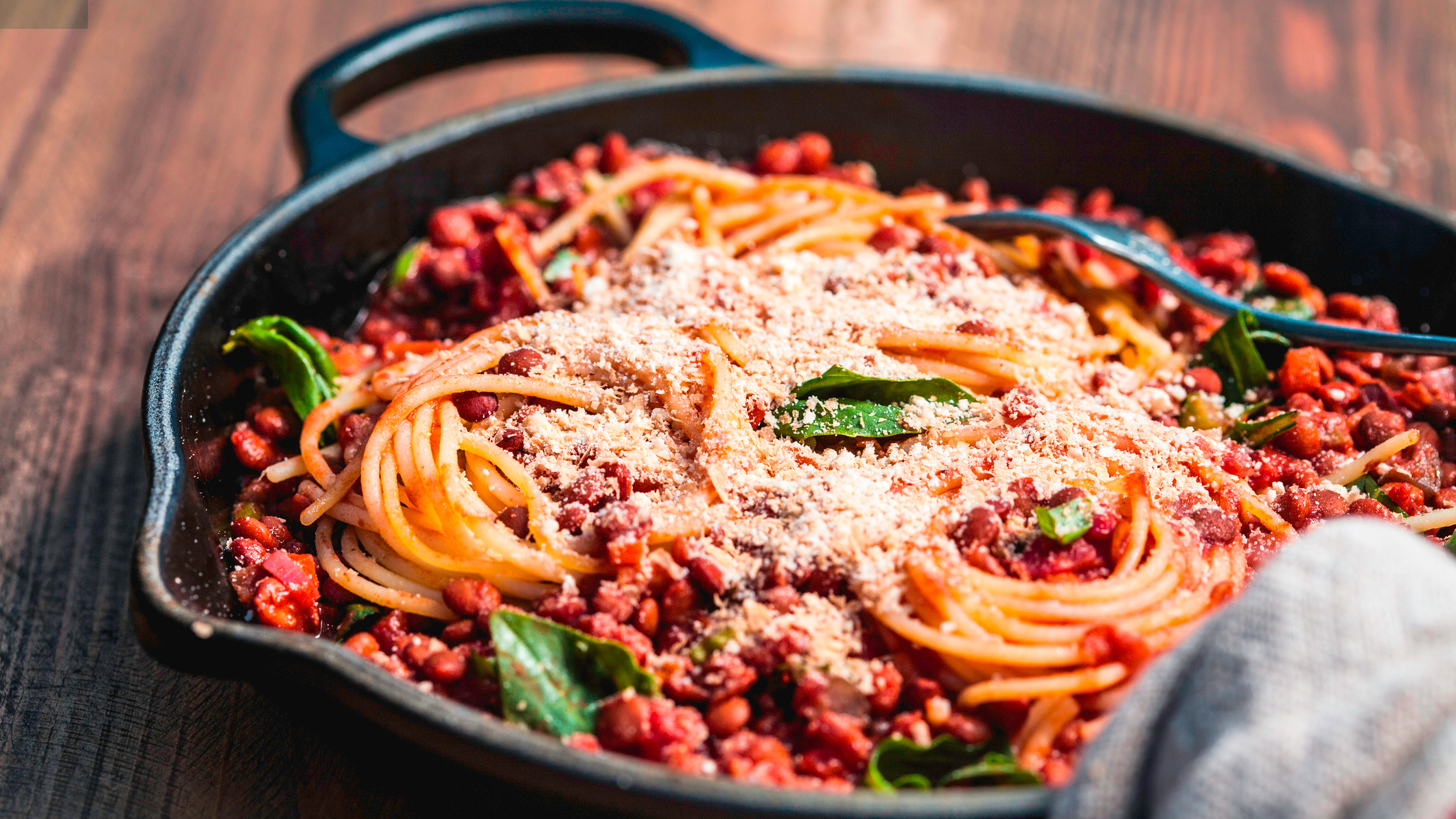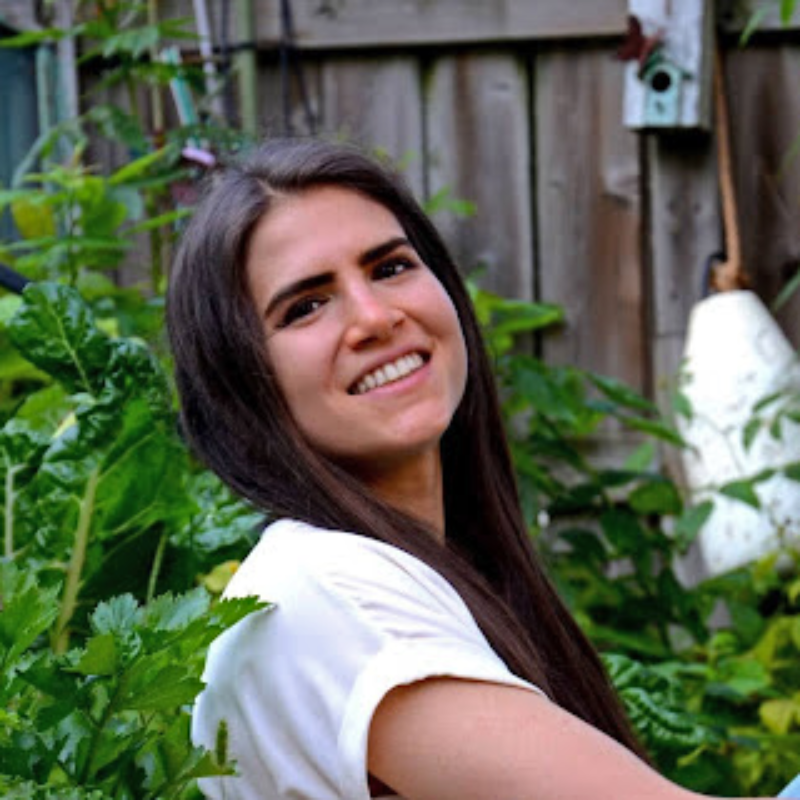I asked a dietitian for her top budget-friendly high-protein swaps, and this is what she said
Save money by switching out meat options

Although most people get enough protein in their diet, some groups such as vegans, vegetarians, athletes and those who exercise a lot can sometimes need a little more. But there is another factor that could start affecting your protein intake, and that is budget.
With the rising cost of living, some people are being forced to sacrifice more expensive foods such as meats, which are naturally high in protein.
For example, a 100g chicken breast contains a substantial 31g of protein and a beef steak of the same weight has around 25g.
Thankfully, there are some non-meat, inexpensive foods that are also high in protein, which you can swap in to cut down on costs.
“Dietary analysis studies show that, on average, Americans are meeting protein guidelines,” says Avery Zenker, a registered dietitian, before explaining how much protein we should all be eating.
“I recommend consuming more than the minimum protein recommendations, at 0.8 grams of protein per kilogram [of bodyweight], which is still very doable using legumes as one of your protein sources.”
“One-third of protein intake in the United States already comes from plant foods, like legumes, grains, vegetables, nuts, and seeds.”
Start your week with achievable workout ideas, health tips and wellbeing advice in your inbox.
Legumes, such as lentils and beans, are great substitutes for meat. “Beans tend to be significantly cheaper than meat, so you can eat a larger portion for a fraction of the cost,” says Zenker. “Because Americans tend to consume adequate protein on average, it won't hurt to swap some or all meat in a meal with legumes.”
She also has another cheap alternative to meat: “Canned tuna tends to be only a few dollars per can, and provides more protein than a can of beans.”
Zenker gave Fit&Well her top three tips on how to add protein to your diet, even if you’re on a budget.
1. Soy

Soy works well in tacos, says dietitian Avery Zenker
“Instead of meat, try textured vegetable protein (TVP).” says Zenker. TVP is made from soybeans rather than vegetables, as the name suggests. It can contain a mammoth 50g of protein per 100g, but note that there’s more like two or three portions in that—so you won’t get the 50g in one meal.
“This makes it a low price per gram of protein. It’s very versatile and can be used in a variety of recipes, including pasta dishes, chili, salads, tacos, stews, soups, casseroles, and more,” says Zenker.
2. Seitan
Seitan is made from one ingredient: vital wheat gluten and is easy to make yourself. “Mix the vital wheat gluten with water and desired seasonings, then steam it, and cook as desired,” explains Zenker of the ingredient that has 75g of protein per 100g in dry form!
The protein drops to 25-30g per 100g once it’s made, but that’s still a large serving. “It can be used like meat in stir-fries, pasta dishes, sandwiches and more,” says Zenker. “I was skeptical about making it at first, but it has quickly become a favourite in our household.”
3. Lentils

Zenker recommends replacing half the mince with lentils in spaghetti bolognese
“Lentils are by far one of the highest protein sources per dollar with 1kg of dried lentils only costing a few dollars,” says Zenker. Lentils can have up to 24g of protein per 100g—depending on what sort of lentils you’re having.
Do bear in mind that some of that protein can be lost in cooking, and because lentils are so light, you will need to eat a lot of them to match a meat equivalent in weight.
“You can even swap out only half of the meat if you don’t want to remove it entirely,” says Zenker. “This works well in spaghetti, lasagna, sloppy joes, soups, salads, stews, curries, wraps, tacos and more. Swapping some of the meat in burgers for lentils works great as well.”
More savvy swaps
Zenker also has some suggested switches to add extra protein to your plate to help compensate for eating less meat.
- Swap white rice for bulgar, barley, or even wholewheat pasta. These grains are not only more filling due to the higher fiber content, but some of them have double the protein of white rice per cup cooked.
- Instead of starchy foods like white rice or potatoes, try building your meals around legumes like chickpeas. They’ll still offer carbohydrates, but also provide protein and fiber.
- Swap quinoa for bulgar or wholewheat pasta. While quinoa is a healthy and nutritious option, bulgar and whole wheat provide a similar amount of protein and fiber, but tend to be more affordable.
- Try frozen peas instead of frozen corn. They’re just as convenient, higher in protein, and offer more satiety.
- Instead of a mixed green salad, try incorporating higher protein vegetables like broccoli, peas, edamame, or even shredded cabbage. One cup of broccoli has about eight times more protein than lettuce. You can get more protein per dollar from roasted vegetables compared with a leafy green salad.
- Swap out oil-based or cream dressings and try a tahini-based dressing instead. You get flavour, creaminess, and a few extra grams of protein.

Zenker is a registered dietitian, has a Master's degree in nutrition and is passionate about wellness. Within nutrition, her areas of expertise include plant-based and vegan diets, digestive health, disordered eating, sports nutrition, intuitive eating and weight loss

Lou Mudge is a Health Writer at Future Plc, working across Fit&Well and Coach. She previously worked for Live Science, and regularly writes for Space.com and Pet's Radar. Based in Bath, UK, she has a passion for food, nutrition and health and is eager to demystify diet culture in order to make health and fitness accessible to everybody.
Multiple diagnoses in her early twenties sparked an interest in the gut-brain axis and the impact that diet and exercise can have on both physical and mental health. She was put on the FODMAP elimination diet during this time and learned to adapt recipes to fit these parameters, while retaining core flavors and textures, and now enjoys cooking for gut health.
You must confirm your public display name before commenting
Please logout and then login again, you will then be prompted to enter your display name.

